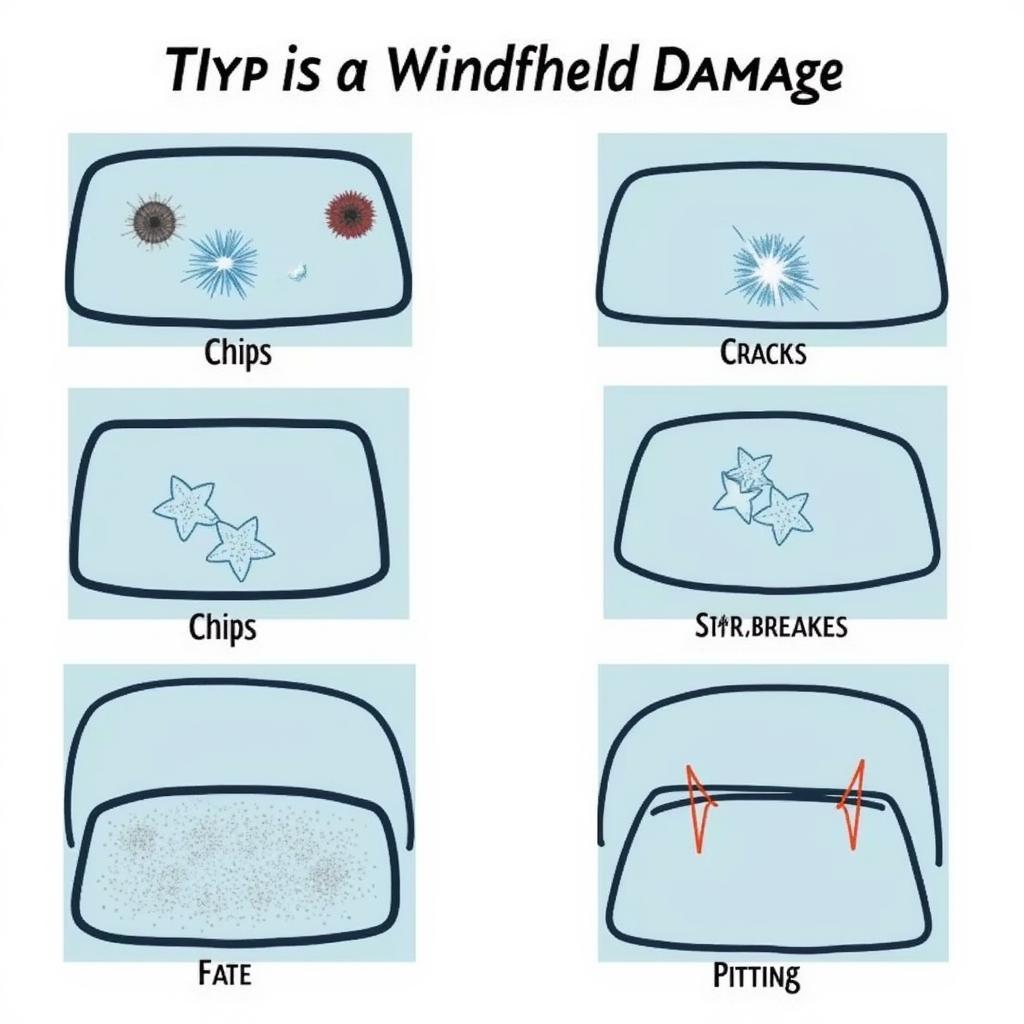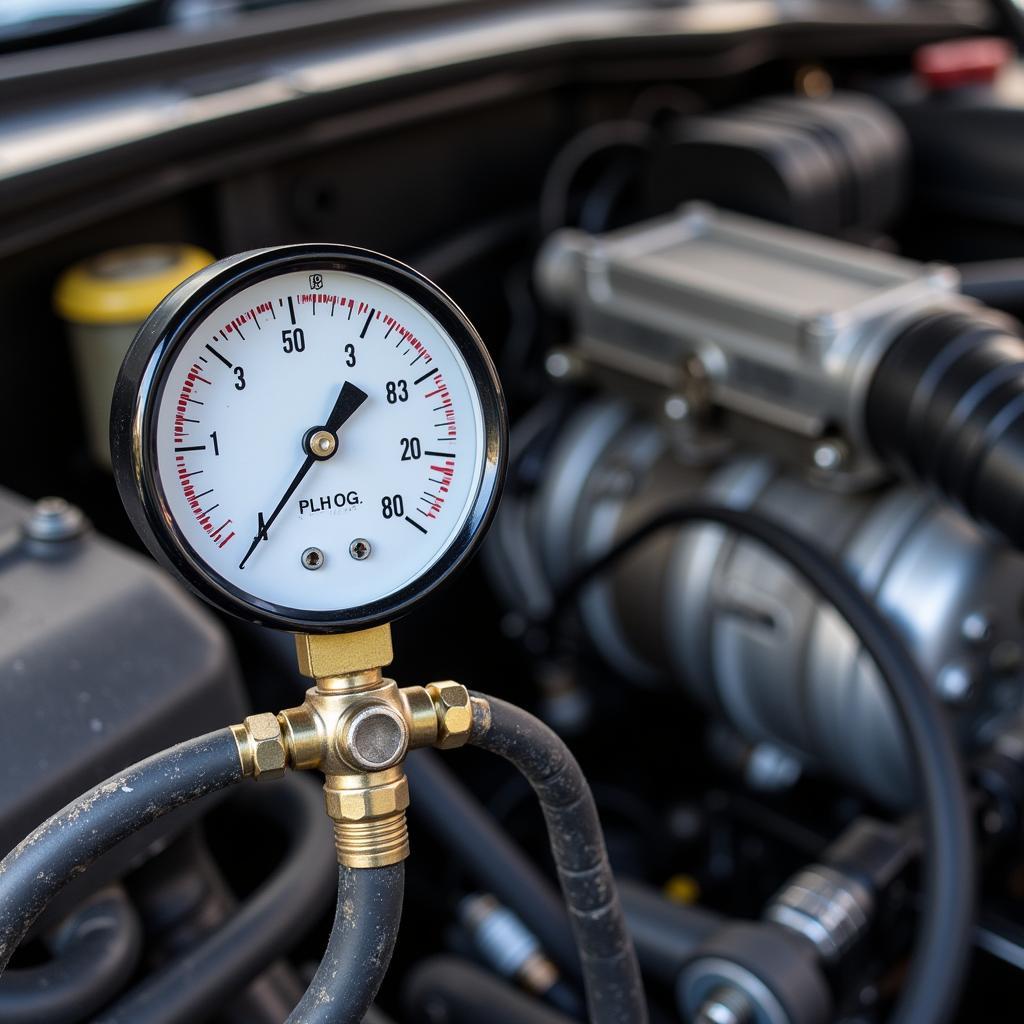A leaking coolant system can lead to overheating, engine damage, and a hefty repair bill. Knowing How To Fix Leaking Coolant In Car is crucial for every car owner. This guide provides a comprehensive walkthrough, from identifying the source of the leak to implementing the necessary repairs. We’ll cover common causes, diagnostic tips, and step-by-step instructions to help you get your car back on the road.
Identifying the Source of the Coolant Leak
Before you can fix a coolant leak, you need to pinpoint its origin. Start by checking the obvious culprits: hoses, the radiator, and the water pump. Look for cracks, bulges, or loose connections. A sweet smell, puddles under your car, or white smoke from the exhaust are also telltale signs of a coolant leak.
Using a Pressure Tester
A pressure tester is a valuable tool for identifying leaks in the cooling system. It pressurizes the system, making it easier to spot leaks. Connect the tester to the radiator or coolant reservoir and pump it to the manufacturer’s recommended pressure. Watch for any pressure drops, which indicate a leak.
Utilizing UV Dye
UV dye is another effective method for locating leaks. Add the dye to the coolant system, run the engine for a short period, and then use a UV light to inspect for fluorescent traces. This method is especially helpful for finding small, hard-to-see leaks.
Common Causes of Coolant Leaks
Several components can contribute to coolant leaks. Some of the most common culprits include:
- Damaged hoses: Hoses can crack, bulge, or become disconnected due to age, wear and tear, or extreme temperatures.
- Faulty radiator: The radiator can develop leaks due to corrosion, damage from road debris, or a faulty radiator cap.
- Leaking water pump: The water pump seals can wear out, allowing coolant to escape.
- Bad head gasket: A blown head gasket can allow coolant to leak into the engine cylinders or oil passages. This is a serious issue that requires professional attention.
- Cracked coolant reservoir: The coolant reservoir can crack due to impact or age.
Fixing the Coolant Leak
Once you’ve identified the source of the leak, you can begin the repair process. For minor leaks, such as a loose hose clamp, the fix can be as simple as tightening the clamp. However, more significant issues, like a damaged radiator or water pump, may require replacement.
Step-by-Step Guide to Replacing a Leaky Hose
- Drain the coolant: Allow the engine to cool completely before draining the coolant into a catch basin.
- Remove the old hose: Loosen the hose clamps and carefully remove the old hose.
- Install the new hose: Attach the new hose and secure it with hose clamps.
- Refill the coolant: Refill the cooling system with the correct type of coolant.
- Check for leaks: After running the engine, check for any leaks and tighten clamps if necessary.
“Regularly inspecting your cooling system is key to preventing leaks and avoiding costly repairs down the road,” advises John Smith, Senior Automotive Technician at Smith Automotive.
Conclusion
Knowing how to fix leaking coolant in car is essential for every vehicle owner. By understanding the common causes of leaks, using diagnostic techniques like pressure testing and UV dye, and following the appropriate repair procedures, you can keep your cooling system in top condition and prevent serious engine damage. For professional assistance or further guidance, connect with us at AutoTipPro. Call us at +1 (641) 206-8880 or visit our office at 500 N St Mary’s St, San Antonio, TX 78205, United States.
“Addressing coolant leaks promptly is crucial. Ignoring a small leak can lead to significant problems and expensive repairs,” emphasizes Jane Doe, Lead Mechanic at Doe Auto Repair.
Fix tie rods on my car? Consider checking our guide on fix tie rods on my car. Proper maintenance is crucial for ensuring your vehicle’s safety and performance.






Leave a Reply